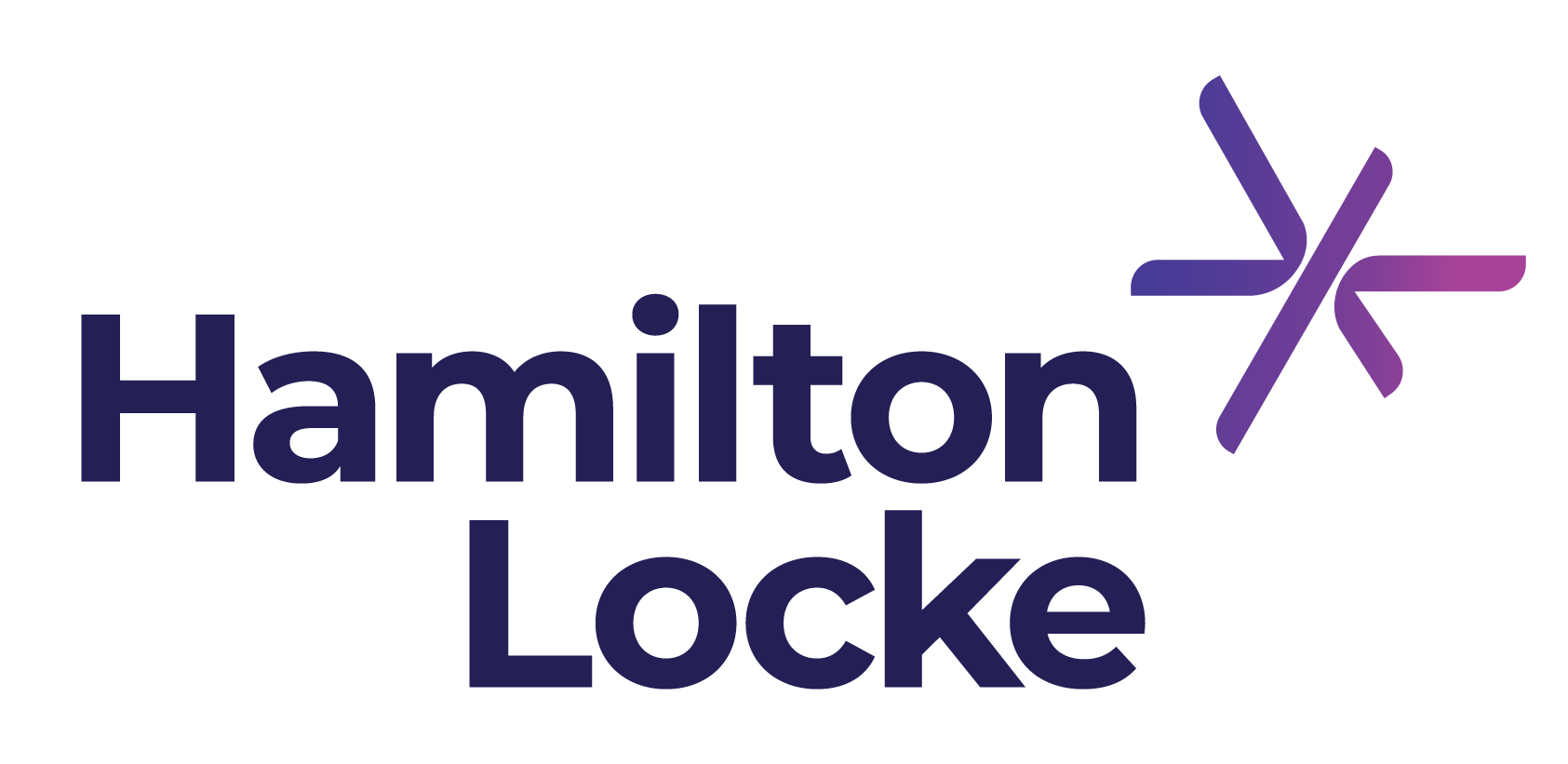BUY NOW, BUT SOON TO PAY MORE…?
Published on Oct 27, 2021 by Jaime Lumsden and Michele Levine
The Reserve Bank of Australia (RBA) has determined that merchants should be able to pass on any surcharge charged by buy-now/pay-later (BNPL) providers just like any other payment method – this view was formed as part of its review of retail payments regulation and the RBA released its Conclusions Paper on 22 October 2021. But what will this mean for industry?
The RBA considered whether it would be in the public interest for BNPL providers to remove their no-surcharge rules. Many BNPL providers have agreements with merchants that prevent merchants from passing on any surcharge from BNPL transactions – this is generally done as a precaution to avoid the possibility for BNPL providers to need an Australian credit licence. Instead, merchants must absorb the cost of using a BNPL provider, which are usually between 2% to 6%. This is more expensive than debit and credit card surcharges, which merchants can pass on to customers.
The majority of stakeholder feedback provided to the RBA (including from merchants, consumer groups, banks and card schemes) was in favour of immediate policy intervention to remove BNPL no-surcharge rules. This is not surprising, as most of these groups have been negatively impacted by BNPL, given BNPL has disrupted traditional payment methods and merchants are paying for the consumer’s convenience of using BNPL. This disruption has seen a reduction in credit card usage as BNPL usage increases.
On the other hand, BNPL providers argued that the merchant fee is not a traditional surcharge but represents lead generation costs (i.e. marketing, advertising and referral costs) as well as fraud prevention costs.
The RBA’s long held position is that regulation should be neutral and applied consistently across all payment methods. This promotes competition and transparency in the payments system, which puts downward pressure on payment costs for businesses.
Following consultation and assessment, the RBA’s view is that the costs of BNPL no-surcharge rules from an efficiency and competition point of view outweigh any potential benefits in terms of supporting new market players. The RBA concluded that merchants should be able to recover an amount up to the total cost of accepting payments from BNPL providers.
We suspect that from here Treasury will consult on any proposed changes and industry will have another opportunity to raise concerns.
This is critical as the RBA’s regulation of payments is only one piece of the regulatory puzzle for BNPL. Regard will need to be had as to what it will mean from a consumer credit and competition approach if merchants can pass on the full amount of BNPL surcharge.
Most BNPL providers structure their product as exempt credit and do not need to hold an Australian credit licence. To do so, they either need to:
- charge no fees, other than late fees;
- rely on the short-term credit exemption, which has fee and interest caps; or
- rely on the continuous credit exemption, which has a fixed fee cap that must not vary based on the amount of the credit.
If merchants pass on the full surcharge charged by BNPL providers, many providers may need to restructure their offering or obtain an Australian credit licence. This is contrary to ASIC’s position that BNPL need not be regulated as consumer credit and that product intervention order powers and design and distribution obligations are sufficient consumer protections.
The BNPL surcharge decision may raise competition issues for the ACCC, especially in light of certain banks, scheme providers and payment providers who are offering BNPL solutions for zero cost. This means incumbents will have an advantage over newer BNPL providers in that they are already licensed (should they require one) and they can offer their product for no cost. This could reduce competition, particularly given customers may not be willing to pay for the convenience of BNPL. It may also raise debt risk issues for customers if they look to use credit cards or personal loans in place of BNPL. The cost of these types of credit may be higher or they may be more prone to trapping consumers in a debt spiral. On the other hand, some of ASIC’s data suggests heavy users of BNPL may already be prone to experiencing detriment from existing credit products, and a fall in prevalence of BNPL may have a net positive consumer benefit.
For this reason, it is important that BNPL providers are regulated holistically and not separately by the regulators. The RBA recognised this itself in its report, but arguably the RBA’s decision to enable merchants to pass on surcharges to customers creates a ripple effect for credit regulation and competition.
While regulatory change may take some time, BNPL providers will need to consider their BNPL terms and think through whether they want to continue to rely on an exemption or pre-emptively obtain an Australian credit licence.
October 2021

